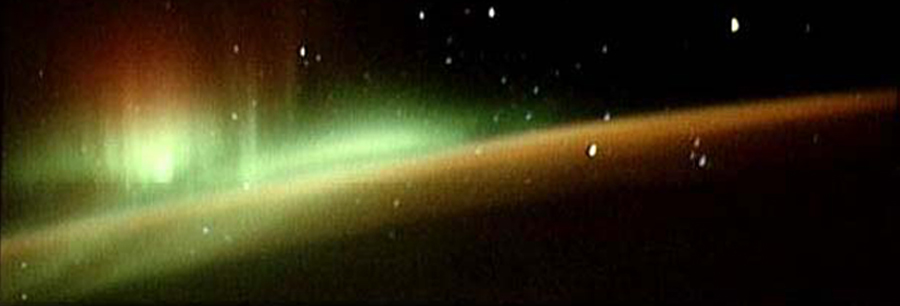| |
|
|
| |
|
|
|
|
|
|
| |
| |
| |
Principal Investigator : |
Institute of Space Science, NCU |
|
| |
| |
Co-Investigator : |
National Formosa University |
|
| |
| |
Research Result |
|
|
|
| |
|
|
| |
A Systematic Study of the Substorm Growth and Expansion Phases: Multiple Observations |
|
| |
|
|
| |
The north-south component of the interplanetary magnetic field (IMF) is known to be one of the very important parameters in the transfer of the solar wind energy into the magnetosphere-ionosphere system. The growth phase of a substorm develops after a southward turning of the IMF occurs. A substorm expansion onset occurs some time later. Thus far, physical mechanism that causes the expansion onset is still controversial, expecially in timing of current disruption and magnetic reconnection. For some events, substorms did not develop into full-scale ones and then turned into pseudo-breakups and small substorms. In this proposed study, we will investigate the timing of current disruption and magnetic reconnection, understand why some substorms did not develop into strong ones, and determine what can affect the development of the substorm using multiple observations. The observations include Time History of Events and their Macroscopic Interactions during Substorm (THEMIS) plasma and magnetic field data, magnetograms, and all-sky camera auroral images, along with Wind and Advanced Composition Explorer (ACE) solar wind data; Polar Ultraviolet Imager (UVI) auroral images; Cluster II and Geotail plasma and magnetic field data; Geostationary Operational Environmental Satellite (GOES) magnetic field data; the auroral electrojet (AE) indices. Note that THEMIS data are simultaneously acquired by 5 identical satellites deployed at different locations, providing us with better temporal and spatial resolution than the other data sets. |
|
| |
|
|
| |
The THEMIS probes are scheduled to be launched in October, 2006. The five probes carry identical five instruments: Fluxgate Magnetometer (FGM) for measurements of low-frequency magnetic fields; Search Coil Magnetometer (SCM) for measurements of high-frequency magnetic fields; Electrostatic Analyzer (ESA) for measurements of density and velocity of thermal ions and electrons; Solid State Telescope (SST) for measurements of superthermal ions and electrons; and Electric Field Instrument (EFI) for measurements of electric fields. For a network of ground-based stations, Each one of the stations is equipped with a magnetometer and an all-sky camera, which are used to monitor the activities of auroral electrojets and optical auroras. In addition, we will utilize data from other missions as well, such as, Cluster II and Advanced Composition Explorer (ACE), for coordinated studies. Parts of the Cluster II and ACE data can be available on the net. |
|
| |
|
|
| |
Before the THEMIS data are available for analyses, we will study two scientific topics using existing data sets, such as Wind solar wind data, Polar Ultraviolet Imager (UVI) auroral images, Geotail plasma and magnetic field data, Geostationary Operational Environmental Satellite (GOES) magnetic field data, the Auroral Electrojet (AE) indices. We have already had these data for 1997 and 1998 in our data sets. We will study the same scientific topics with the THEMIS data. |
|
| |
|
|
| |
|
|
| |
|
|
| |
|
|
|





